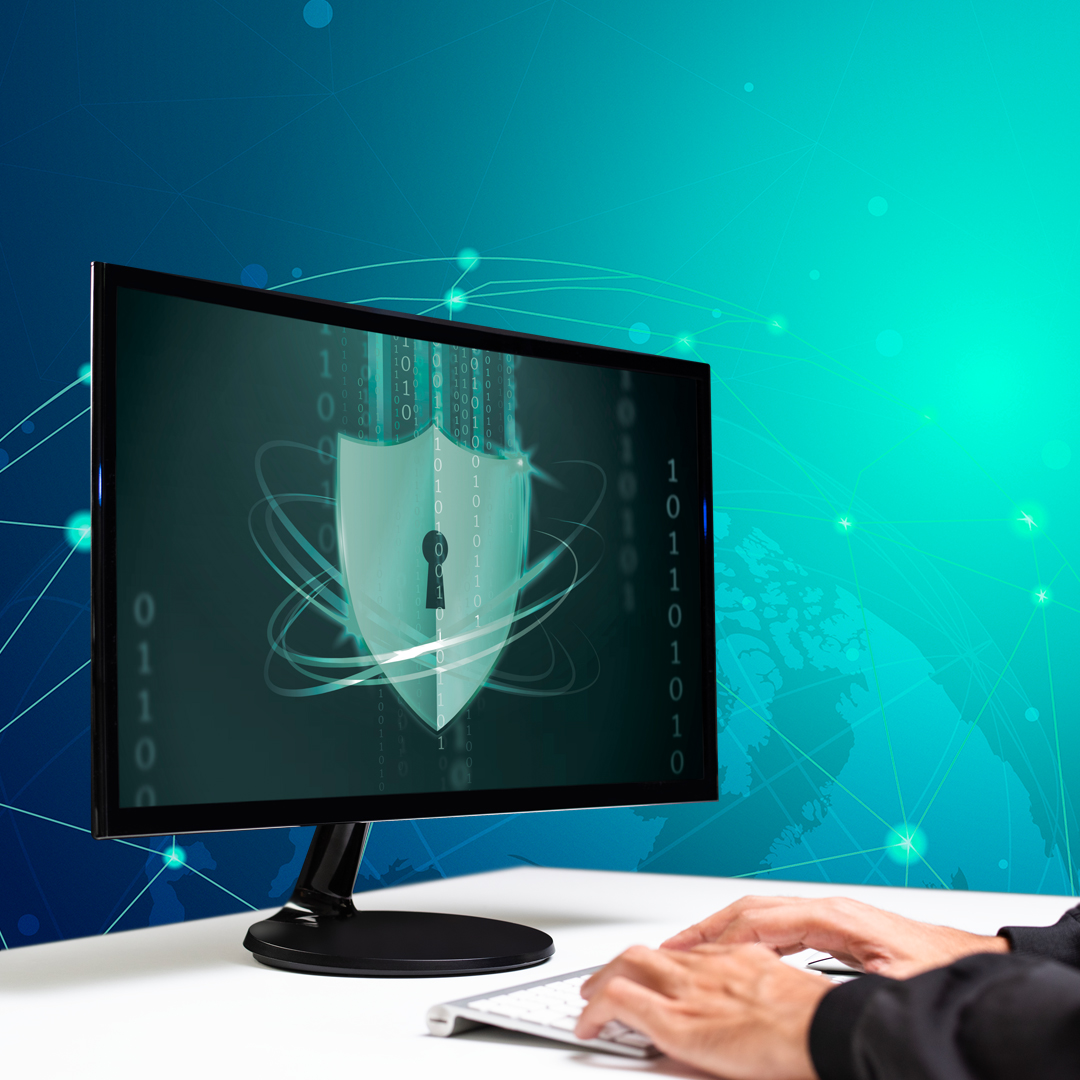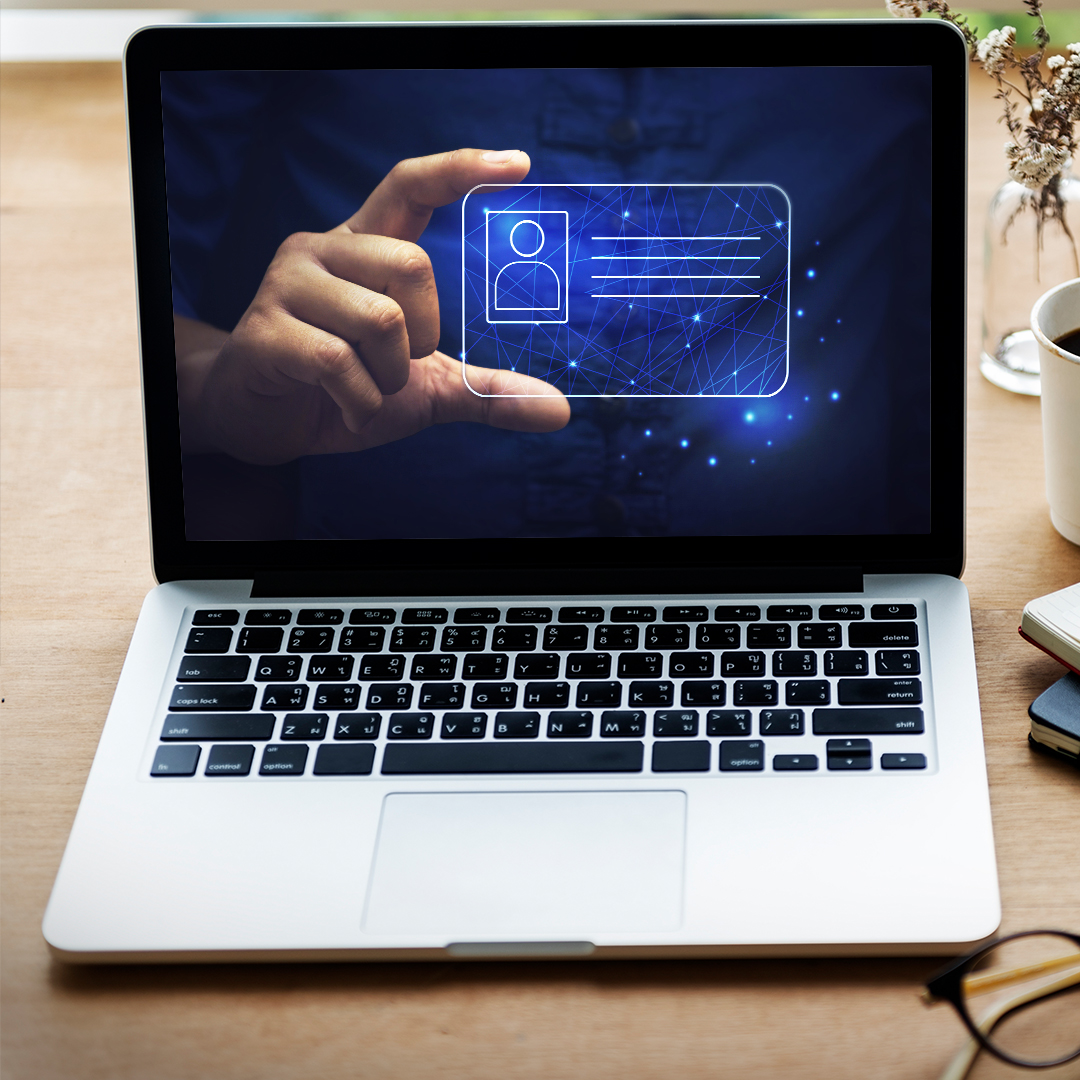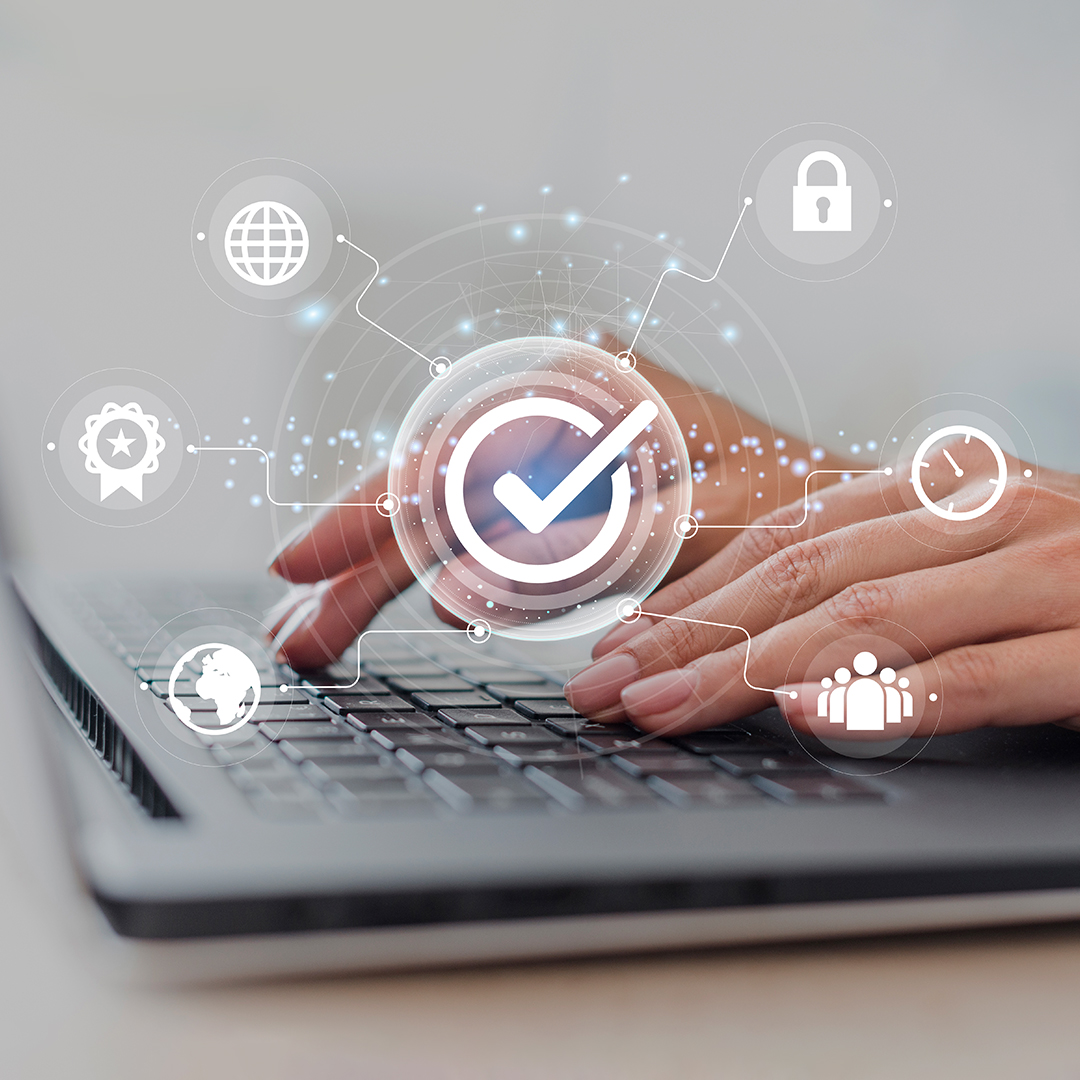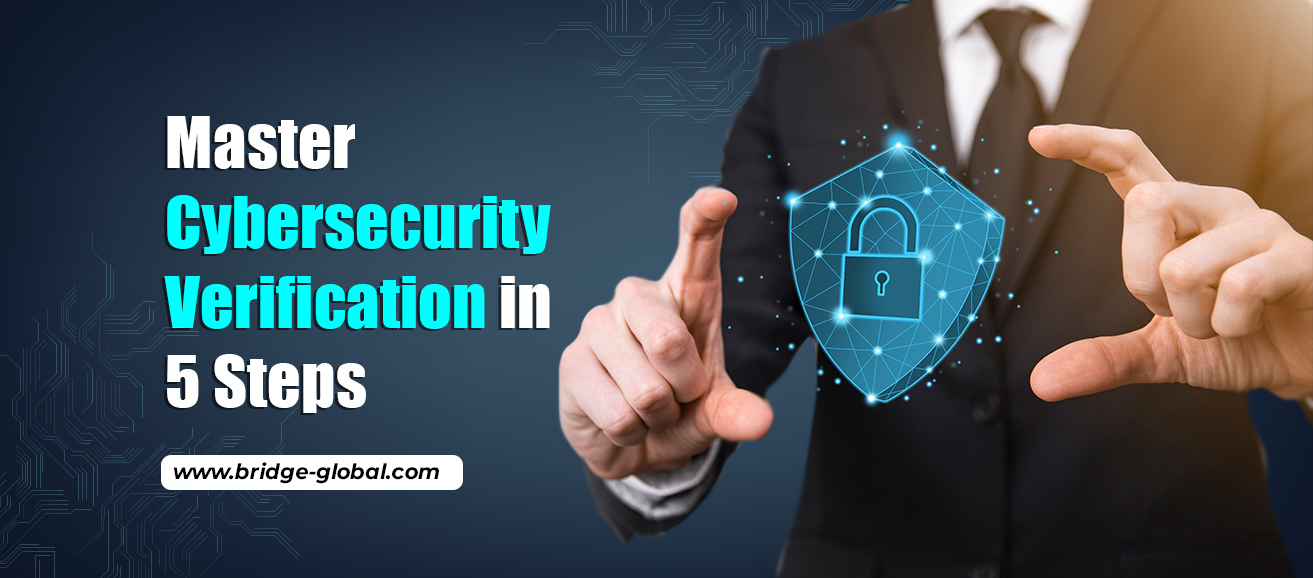A Pro’s Guide to Cybersecurity Verification – 5 Simple Steps
Cybersecurity plays a crucial role in the verification process for a variety of reasons, especially in today's digital and interconnected world. Every organization should adapt to evolving cyber threats and protect their systems and data by adopting smart verification techniques. This blog is a crisp go-through across the 5 simple yet crucial steps to mastering online safety and data privacy. Read on as we unmask the cyber guardians for you.
The Importance of Cyber Security
The cybersecurity landscape is constantly changing, with new threats and vulnerabilities emerging. Cases of identity theft, people using fake names to create accounts, and falsely accessing systems are on the rise globally. This increases the pressure on organizations to ensure stringent measures to protect user data and ensure they are dealing with legitimate identities and not proxies.
The only way out is implementing cybersecurity measures in the online verification process as it ensures the protection of sensitive data, verifies identities accurately, and helps prevent unauthorized access and fraud.

It is a fundamental component of building trust, complying with regulations, and maintaining a positive reputation in today's digital age.
For decades, companies have relied on verification to avoid these security challenges, allowing only authorized people to access the system. As criminals develop more sophisticated ways to attack the system, you must be adequately prepared to protect all user accounts and data by enforcing the best verification standards. Therefore, regardless of the services offered and functions, every organization must invest in verification techniques for data, system security, and compliance with security regulatory measures.
Read an informative read on top tools to discover data breaches.
Verification Techniques in 5 Simple Steps
Verification in the realm of cybersecurity is closely linked to ensuring compliance with industry best practices and regulatory standards. Mastering verification involves understanding and implementing a series of steps to ensure the integrity and security of digital transactions and interactions. Here are five simple steps to help you master verification in cybersecurity:
1. Set up Verification Policies and Details
All systems, organizations, and applications focus on identity verification to deter unauthorized access or unverified users. Therefore, the first process to implement proper verification is to ensure all these systems require verification details to access.
Implementing security, like log-in details, ensues, which the right customers must provide to access the system. Notably, all systems must require the user to input the right details to be granted access. It should also automatically reject any wrong details, including the wrong password, usernames, and other details.

There must be verification documents for other verification needs like physical access and service delivery needs like banking. The customers must provide all the relevant details and documents like driver’s license, ID card, bank account details, and social security number. They must know and understand all these details without referencing anywhere.
You can rely on third-party security experts to enforce the best verification strategies and policies. They can help with the organizational diagnostics to recommend the best verification measures to adopt for a system, service delivery, etc.
2. Automate The Verification Process
For everything to run smoothly, faster, and efficiently, you should automate the verification process. An effective system should automatically verify the user and grant them access instantly. In other areas like building access, the system can read the card details, take a picture, or compare the face to what is in the company database.
Once the details match with what is in the database, the user should be instantly granted access. Constantly update the system and security database with details like photos to make the verification process simpler and faster. For faster cross-referencing, you can create a security database that contains all these details and information about system users.
Details like photos and facial looks should be updated to reflect the attests for easy verification.
3. Enforce Authentication Protocols
There is a clear difference between authentication and verification; authentication is part of the verification process in the context of cybersecurity. Authentication requires one to have all the relevant details to show identity or confirm them as system users. This includes the right biometrics, passwords, and facial attributes found within the database.
Enforce proper authentication measures that include the use of multi-factor authentication. Consider using passwords, biometrics, and other devices to grant access. To be verified, the user must have all these authentication requirements, including providing security keys shared via mobile.

For high security and top privacy, use multiple authentication measures for double and triple verification to enable you to catch any unauthorized users should they fail a stage. Also, update the authentication protocols and activities to avoid familiarity with the system.
For more effectiveness, enforce password policies and to avoid password sharing, theft, guessing, etc.
4. Set-up Procedural Verification Protocol
Set clear verification steps and stages before one is granted access to the system or the building.
For sensitive systems, set verification stages beginning with password and username entry. After verification, the user can move to the next step, like biometrics to provide fingerprint, voice, or facial data. Depending on the security ensues, you can also enforce other further security measures like security questions.
Once the user passes all these steps, they are definitely a system user. Nobody should skip a step or opt for another verification method. The only time these details should change is with the system authority when the user is granted permission to change details like security questions.
For physical verification, one can begin with document and identity verification, then proceed to system entry and verification using biometrics. This can work in facilities such as data centers where the entry should be restricted, and all those accessing the area should be vetted and verified.
5. Use The Relevant Verification Technologies

There are different technologies that can help you verify users faster in this cybersecurity realm. They have better capabilities to verify users better than human beings, hence the need for automation. The types of technologies you need include biometric verifiers, photo analysis tools, and other techs to guide users on how to complete the process.
You can also rely on automated KYC methods, which can verify all the details provided with those in government databases. This system can help catch those who want to create an account under pretenses.
One of the must-have tools is artificial intelligence, which can significantly help due to its capabilities. For instance, you can use big data, analytics, and machine learning capabilities to verify all the user details.
Conclusion
The verification measures and steps to enforce should depend on the nature of the system, i.e., the security and privacy levels required. Ensure the steps are stringent, efficient, and effective at identifying fraudulent and real users. For an effective verification process, every organization should adopt the standard verification procedures. However, these procedures may have some shortcomings, hence the need to customize some steps based on organizational needs.
You can rely on verification tools powered by Artificial Intelligence (AI) and use multi-factor authentication protocols for effectiveness. As a reliable custom software development company, we implement robust security measures to protect our clients' data and systems, which includes encryption, access controls, and penetration testing.
Contact us today to explore how we can tailor our expertise to meet your unique needs and witness the impact of verified, secure, and top-quality software.



